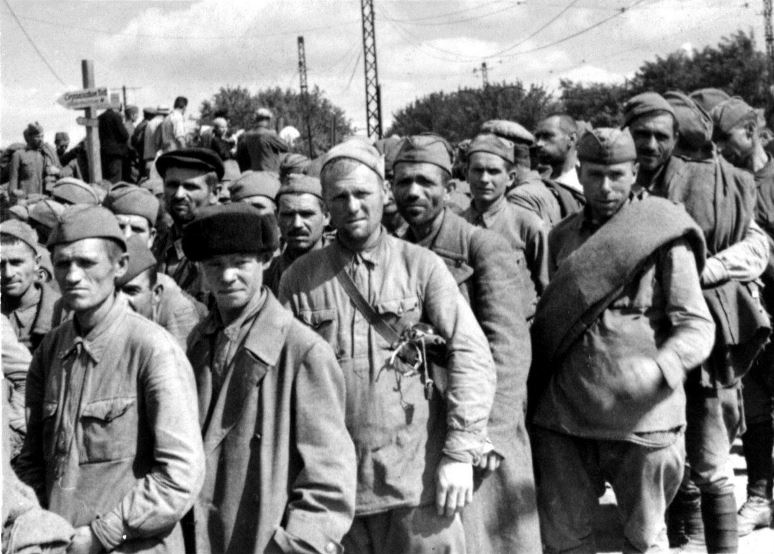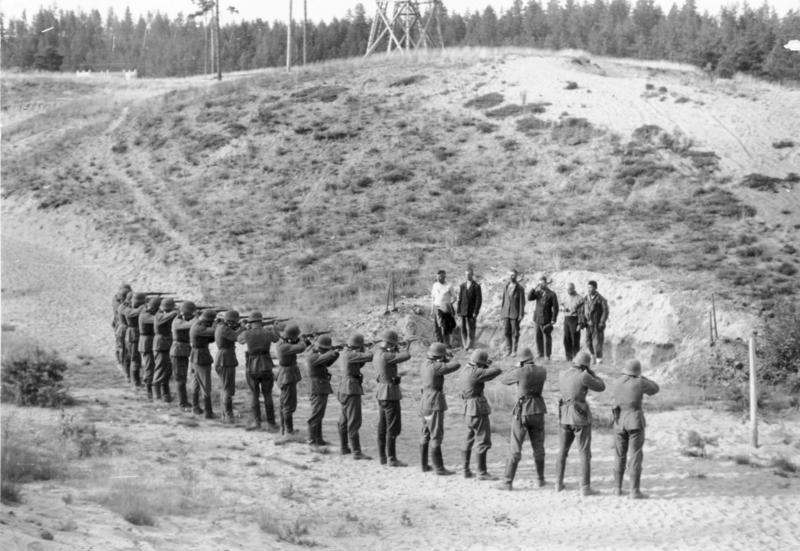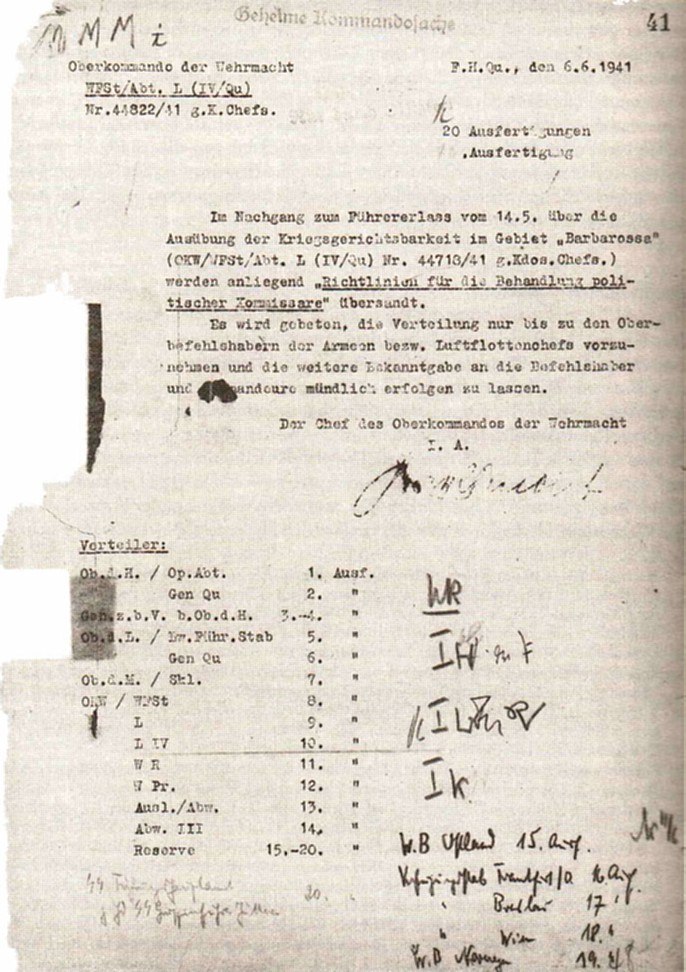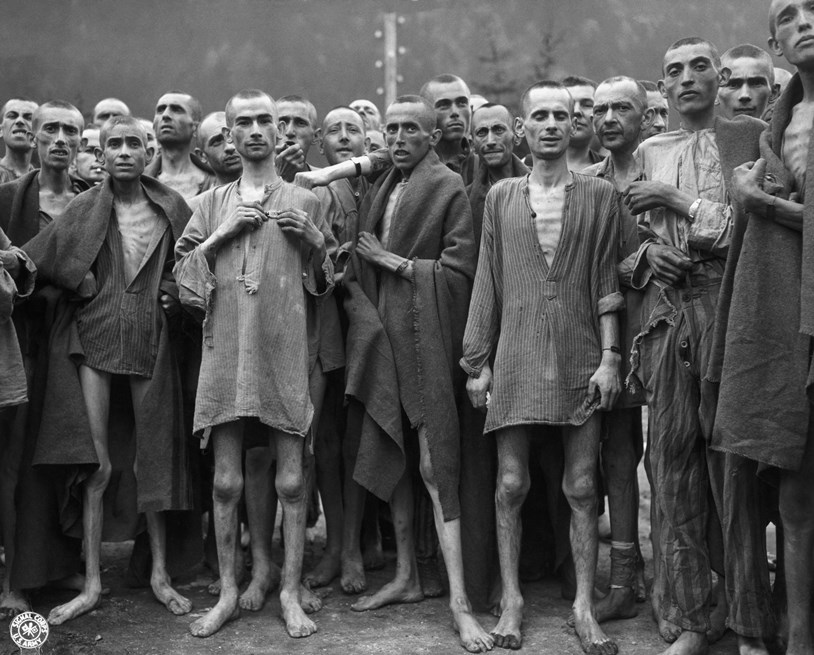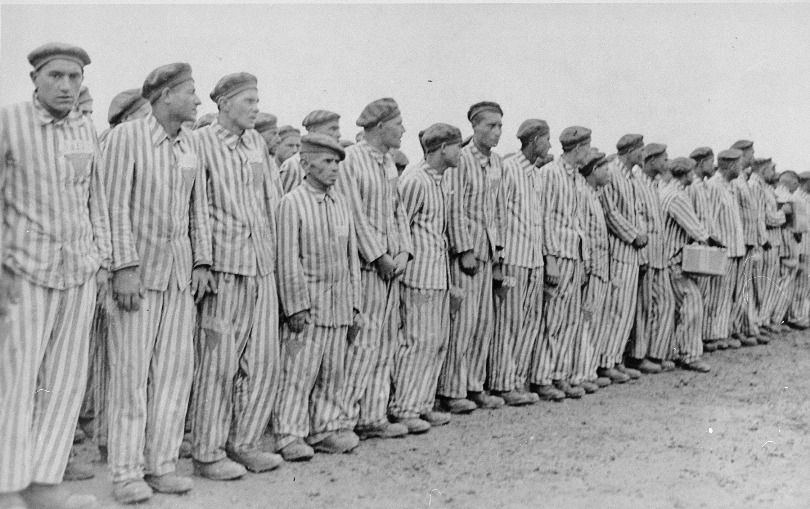
The Holocaust was triggered by a “critical mass” of factors accumulated by the beginning of Operation Barbarossa on June 22nd, 1941. The decisive factor was Operation Barbarossa itself as Nazis (erroneously) believed that with the start of the “hot” all-out existential war with “Judeo-Bolshevism” they had no other choice but to kill all Jews in German-controlled territories (in their deranged minds, it was the only way to win the war and save the German race from annihilation).
However, there was another – very much mundane – reason that must not be overlooked. The Nazis needed money for their war effort (German historian Götz Aly estimated that about 15% of financing for the Second World War came from valuables taken from the Jews at gunpoint).
Valuables that they have no desire to ever return to their rightful owners. And the best way to make sure they never have to do it was, obviously, to kill the creditors. Dead do not sue – or protest in any other way for that matter.
Likewise, the key objective of the “Hungarian Holocaust” which began in mid-May of 1944, was to obtain funds for ODESSA (in other words, for the future Fourth Reich).
All 800,000 or so Hungarian Jews were forced by the Wehrmacht and the SS (who have occupied the country two months earlier) and their willing local collaborators from ACP to hand over all of their valuables to government officials.
Valuables included foreign currency, gems, gold and silver jewelry, wedding rings, paintings, other valuable works of art and anything else considered to be sufficiently liquid and of sufficiently high monetary value in the post-war world.
The confiscated property was then placed into individual bags and boxes which identified the owners, and receipts were properly issued. However, the latter were of no value to poor Jews as more than half of them (437,000) were shipped to the death camp Auschwitz-Birkenau where just about all of them were murdered.
The remaining Jews were essentially made hostages and to make sure they will never be able to lay any claims to any valuables, the German and ACP re-sorted all the confiscated valuables into content categories making all but impossible to identify proper ownership of any of the valuables. Which, in turn, made any post-war lawsuits for all practical purposes impossible.
Some of the valuables were transferred to Germany; other ones went to neutral countries via the “Wallenberg Channel” (more on that later) but most stayed in Budapest until late 1944 when the victorious Red Army began to close in on the Hungarian capital.
The Arrow Cross Party – Hungary’s fascist government, led by Ferenc Szálasi had no desire to let these valuables to fall into the Soviet hands. So they (together with SS representatives) appointed one Árpád Toldi to take care of this very serious problem.
He developed a plan to evacuate much (but not all!) of the Jewish loot out of Hungary to Germany. The plan was approved by the SS and the ACP (the latter was obviously a formality) and in a few days large amounts of Jewish valuables were loaded onto a 42-car freight train that was to head for Germany.
No official list of valuables survived; according to various reports about the train, the contents included both highly liquid valuables (gold, gold jewelry, gems, diamonds, pearls and, of course, foreign currency – mostly US dollars and Swiss francs) and illiquid assets – watches, paintings, Persian and Oriental rugs, silverware, chinaware, furniture, fine clothing, linens, porcelains, cameras… even stamp-collections.
Jewish organizations and the Hungarian government estimated the total value of the train’s contents at $350 million in 1945 prices equivalent to almost $4 billion in 2007.
As the “Hungarian Gold Train” crawled throughout Hungary and Austria, it stopped occasionally to transfer some of its load to German military trucks. The fate of this load remains unknown.
In Austria, the train was eventually seized by Allied troops, first by the French Army and then finally by the United States Army near the town of Werfen (in Austrian state of Salzburg).
Shortly after the US army seizure of the train, the majority of the assets was transferred to a Military Government Warehouse in Salzburg. The paintings, however, were stored in the Salzburg Residenz palace.
As ownership of the valuables was impossible to ascertain (SS and ACP did a really good job at erasing any trace of original owners), the official US position, articulated by United States Army Chief of Staff George C. Marshall, was that the abovementioned assets were to be given to refugee aid organizations in accordance with international restitution agreements.
The majority of the remaining assets from the train was either sold through Army exchange stores in Europe in 1946 or auctioned off in New York City in 1948, with the proceeds going to the International Refugee Organization (IRO).
According to The New York Times, the auction receipts totaled a mere $152,850.61, or approximately $1.3 million in 2007 prices.[3] Items of clothing allocated for Army exchange store sales that were considered of lesser value were turned over to a Division chaplain for distribution “to needy displaced persons”.
It is common knowledge that the Nazis stole works of art and other valuables in occupied territories left and right. It much less known that the liberators (the Soviets and the Allies) did the same, albeit not at the same grand scale, of course.
Hence it is no surprise that some (actually, a lot) of the loot on the Hungarian Gold Train ended up in the possession of high-ranking US Army officers who were stationed in Central Europe to oversee post-war and Marshall Plan reconstruction efforts.
For example, by requisition order of Major General Harry J. Collins, Commander of the 42nd Infantry Division (the famed “Rainbow” Division), many of the items were used to furnish his home. Other items furnished the homes and offices of other US senior officers including Brigadier General Henning Linden and Major General Edgar E. Hume. The property included chinaware, silverware, glassware, rugs, and even table and bed linen.
The ultimate fate of approximately 200 paintings seized from the train is unknown. As they were deemed “cultural assets” under official US restitution policy, they should have been returned to their country of origin. However, they were not. In fact, with very few exceptions, none of the valuables were returned to Hungary, their rightful owners, or their surviving family members.
I think that the real story was very different from the official version of events. IMHO, the whole train was but a highly skillfully arranged cover, a deception intended to conceal the real fate of highly liquid assets looted from the Hungarian Jews.
As was the case with other “Nazi Gold”, these valuables were divided into three (not necessarily equal) “piles”. The first one (probably the largest one) was sent through the “Wallenberg Channel” (i.e. via diplomatic mail) to Sweden, Switzerland, the Vatican and possibly to other neutral nations. It was subsequently carefully and thoroughly laundered and transferred to Die Neue SS (possibly to Heinrich Himmler himself).
The second “pile” went to Latin America (e.g. on board of U-530 or U-977); the third one was hidden in German and/or Austrian underground storage facilities built by Hans Kammler and his team. In early 1950’s the latter was retrieved, laundered (as was the “Latin American” pile) and, again, was transferred to Die Neue SS (“the real ODESSA”).
In other words, Heinrich Himmler skillfully used Hungarian Jews as hostages to negotiate a deal with the Wallenberg family (Jewish lives in exchange for transportation and laundering of Nazi loot – and possibly for a few dozen blank Swedish passports as well). This deal essentially put Raoul Wallenberg in charge of the whole network of individuals working on saving Jews in Hungary in July-December of 1944.
It is known that Himmler did initiate a number of such negotiations with both his adversaries (Anglo-Americans) and the neutral nations. And Raoul Wallenberg’s uncle was a prominent Swedish banker (and a very much pro-Nazi) so the abovementioned deal would have been no surprise at all.
There are legends about other “Nazi gold trains”. The most widely known is about a train that in May of 1945 allegedly left Breslau (now the Polish city of Wrocław) laden with gold and other treasures looted from the Poles and the Jews.
The armored and otherwise well-protected and well-guarded was then driven into a system of tunnels under the Owl Mountains (a mountain range of the Central Sudetes in southwestern Poland).
These tunnels were allegedly a part of the mysterious Projekt Riese (“Project Giant”) that was never completed and whose purpose remains unknown to this day (no documentation on the project was ever found). I tend to think that the objective of this project was to host production facilities for some kind of Wunderwaffe (missiles, jets or some other stuff).
The “Gold Train” was supposedly buried in a warren of tunnels and mines created by the Nazis (actually, by slave laborers). The train is rumored to contain to 300 tons of gold, jewels, weapons, and other valuables (such as paintings and other artwork).
There is no proof that this train ever existed and I think that (unlike the Hungarian Gold Train), it never existed. However, some of the valuables looted by the Nazis in Poland and possibly in the Soviet Union were, indeed, transported to Greater Germany (but not to the territories eventually ceded to Poland, of course).
And were, indeed, buried in Thuringia or in some other mountainous region in Germany or Austria. Obviously, they were retrieved by Die Neue SS in the 1950s so any search for them is a total waste of time, money and energy.
Soviet military intelligence at the end of the war was good (in some aspects, possibly even better than the British one). Hence it is no surprise that it got the whiff of the deal between Heinrich Himmler and the Wallenberg family and wanted to get hold of at least some of the money transported out of Germany into the neutral nations.
According to some witnesses’ statements, the Soviet SMERSH (military counter-intelligence) searched Wallenberg’s car, his apartment and even his workplace in the Swedish embassy and found a not insignificant amount of valuables. Wallenberg claimed that these assets were given to him by the Jews for safekeeping; however, the Soviets did not buy it. They believed (possibly for a good reason) that it was the Nazi loot to be transported to Sweden.
For two years the Soviet secret police (NKGB and subsequently the MGB) had been trying to use Raoul Wallenberg to get access to the Nazi loot laundered via Swedish and other neutral banks.
To no avail as the hapless diplomat was but a courier (actually even a “transfer facilitator”) who had no clue of the whereabouts of the valuables (let alone access to them). For obvious reasons, the Swedish government had to desire to be involved in Nazi gold laundering operation in any capacity so they did precisely nothing to help Raoul Wallenberg (wisely choosing to believe the official Soviet story).
Raoul’s uncle and other family members who were a part of the operation were only intermediaries who transferred the valuables to other parties – most likely, to the Swiss banks and the IOR (Istituto per le Opere di Religione – the Vatican Bank).
By the time the Soviets arrested Raoul Wallenberg on January 17th, 1945, the assets were long gone from the Swedish bank so the family could do nothing to buy Wallenberg out. Paying the ransom with their own money was out of the question – the Soviets wanted way too much.
By mid-July of 1947, it became obvious to Stalin that Raoul Wallenberg was useless – no money or any other financial assets could be obtained by or through him. So – in the “best” traditions of the Stalinist USSR – he was murdered on or about July 16th, 1947.
Having made a very significant contribution to the financing of Die Neue SS. And possibly to the whole Fourth Reich project.
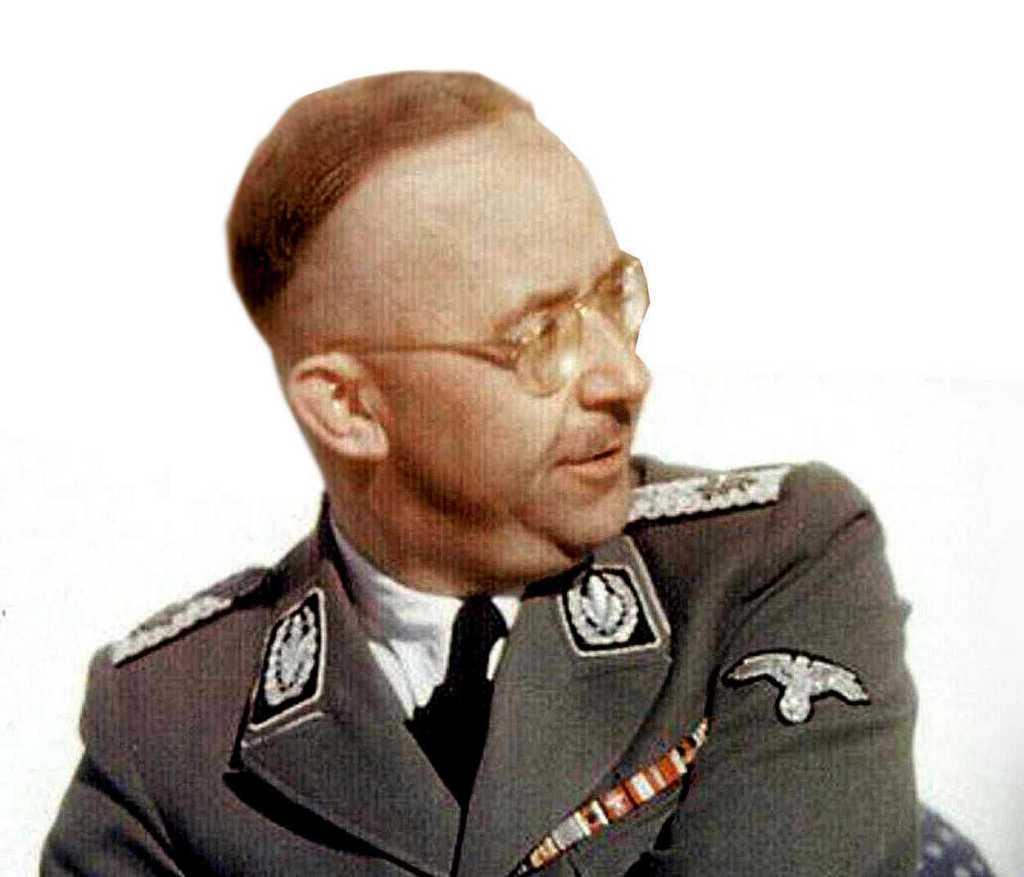

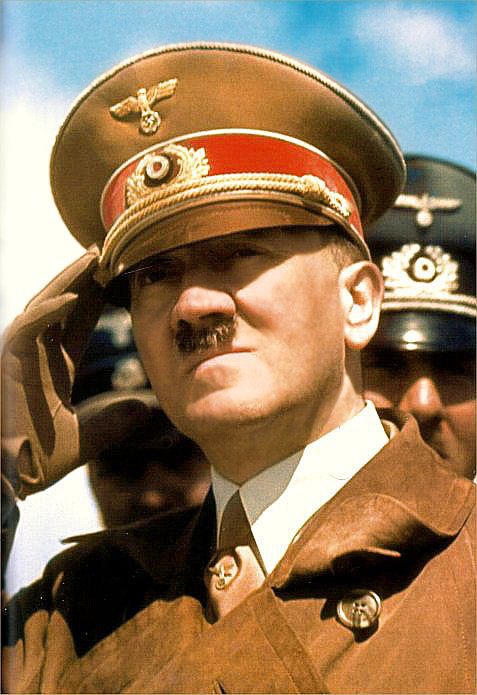 Because of his deeply entrenched habit of issuing oral (and often very broad) directives, we do not know for sure when Hitler ordered the development of the “Commissars’ Order”.
Because of his deeply entrenched habit of issuing oral (and often very broad) directives, we do not know for sure when Hitler ordered the development of the “Commissars’ Order”.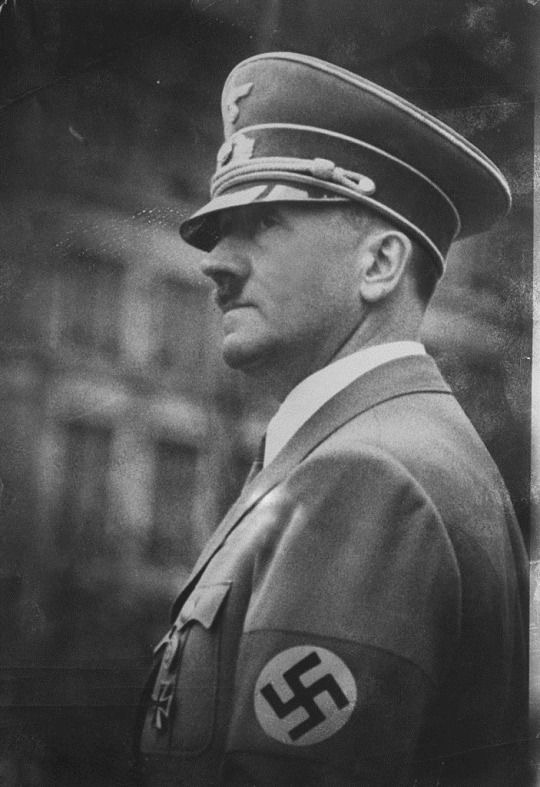 Just about all historians severely underestimate the importance of the Kommissarbefehl and its impact on the course of the Second Great War (and thus on the fate of the Third Reich, the Nazi Party and of Adolf Hitler personally).
Just about all historians severely underestimate the importance of the Kommissarbefehl and its impact on the course of the Second Great War (and thus on the fate of the Third Reich, the Nazi Party and of Adolf Hitler personally).